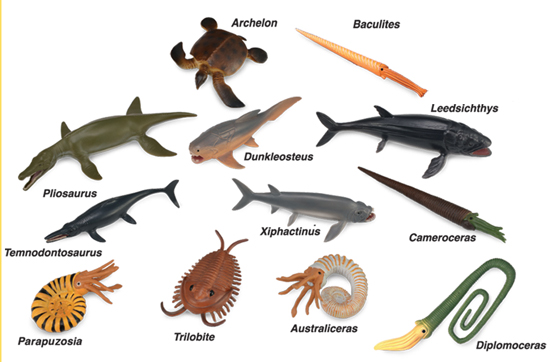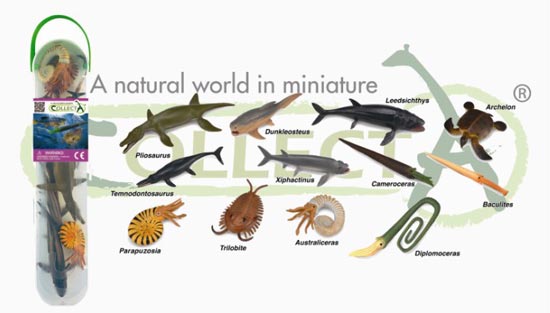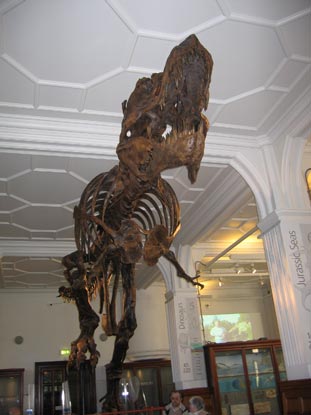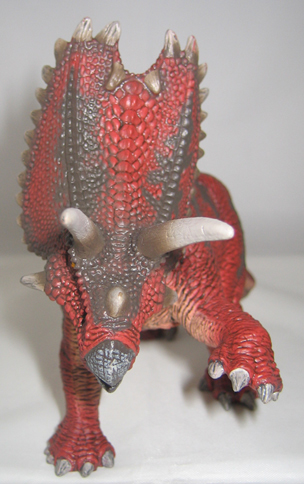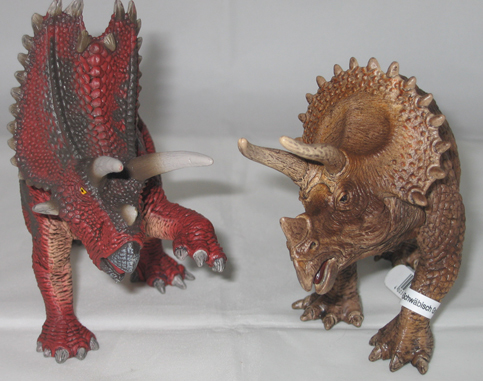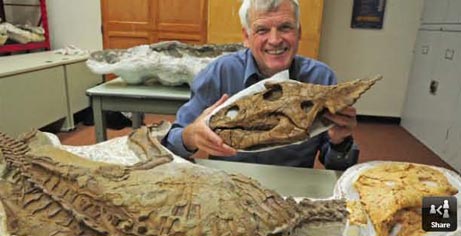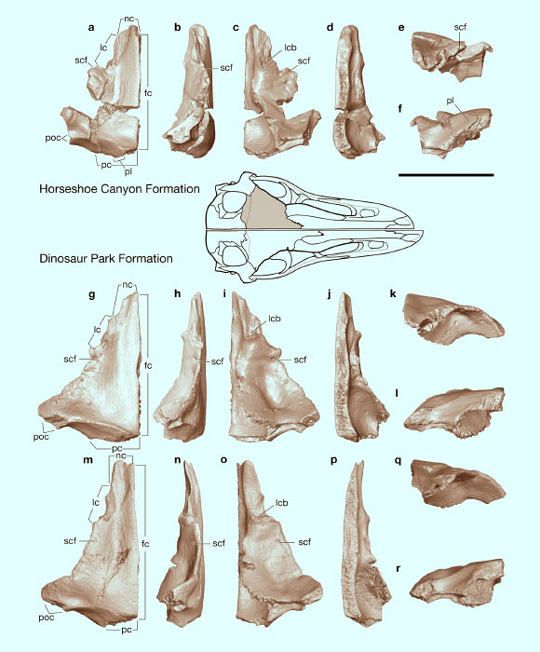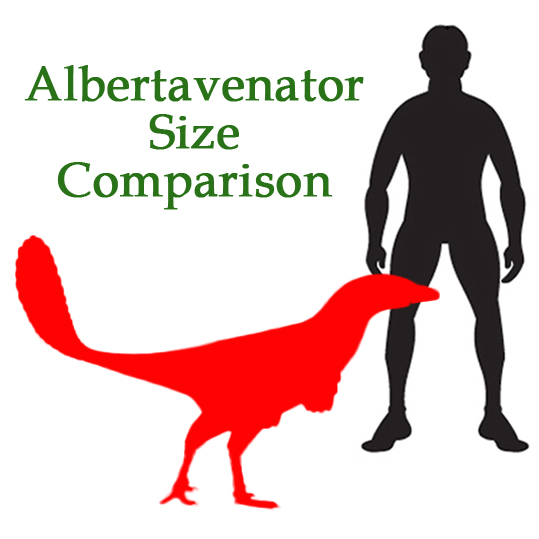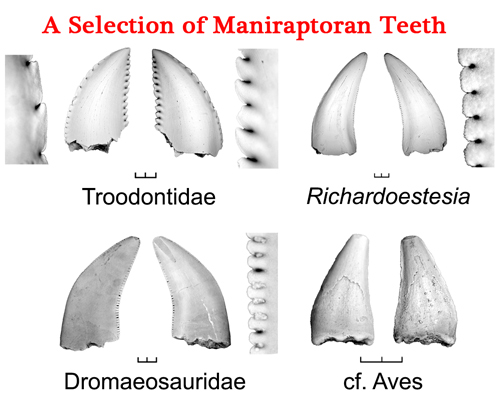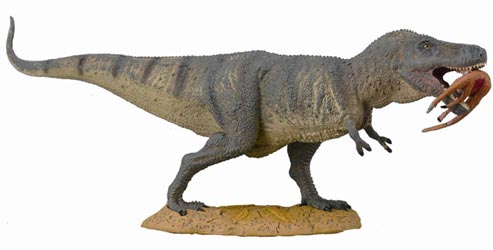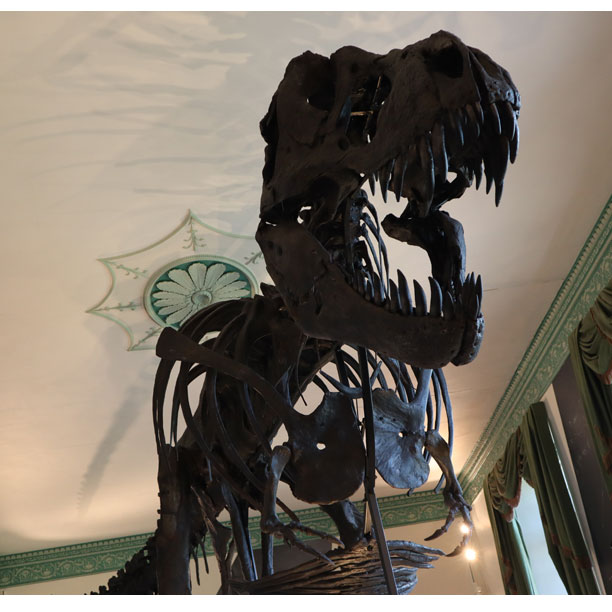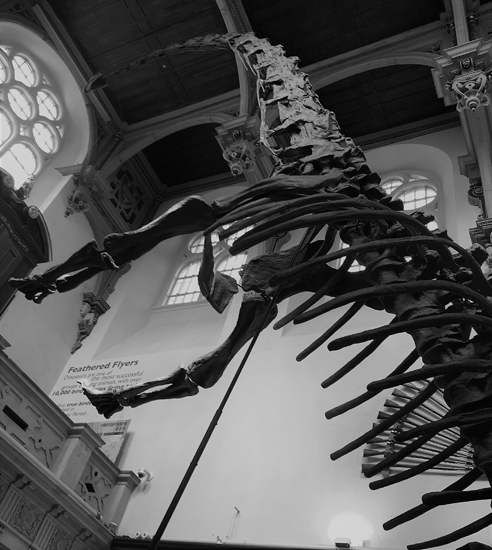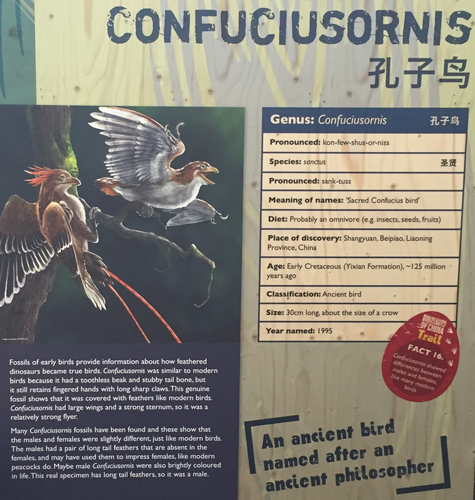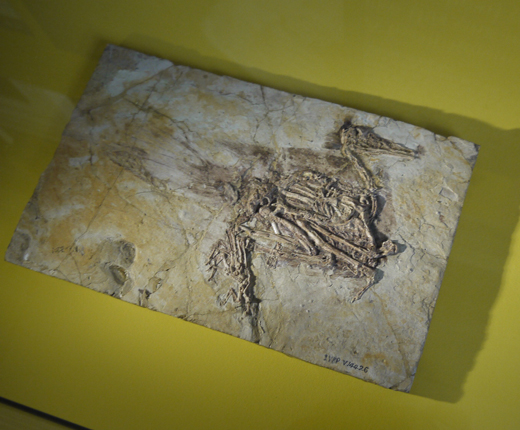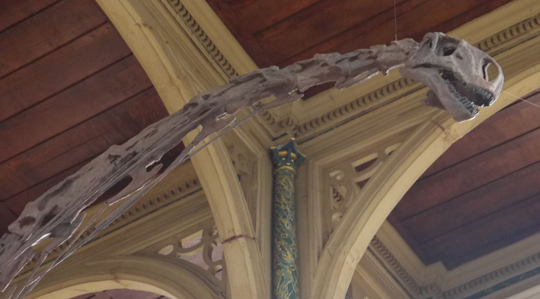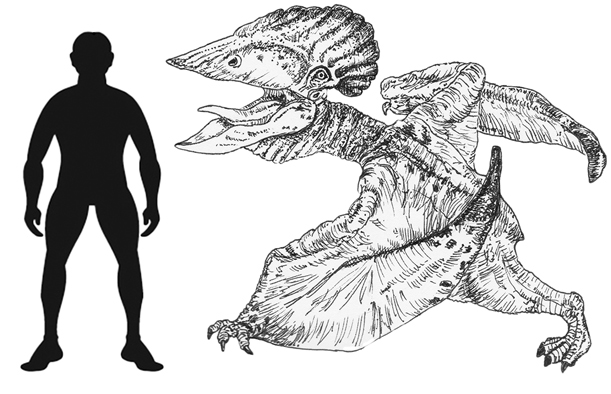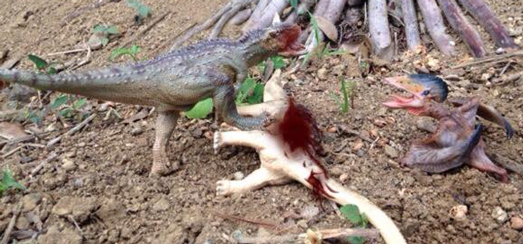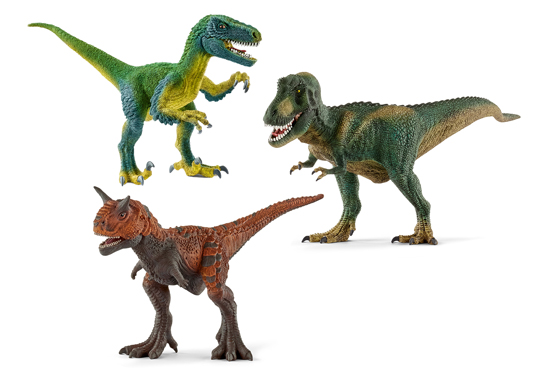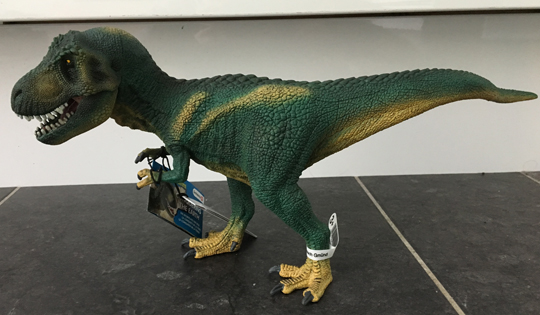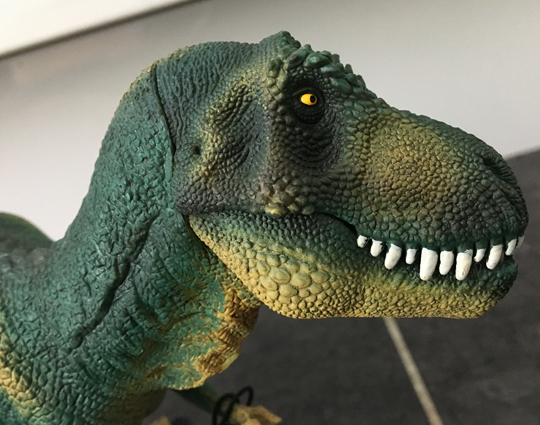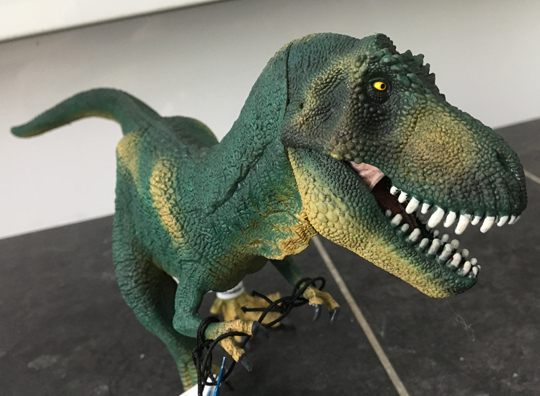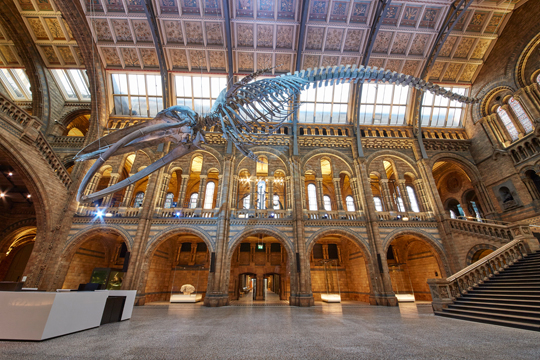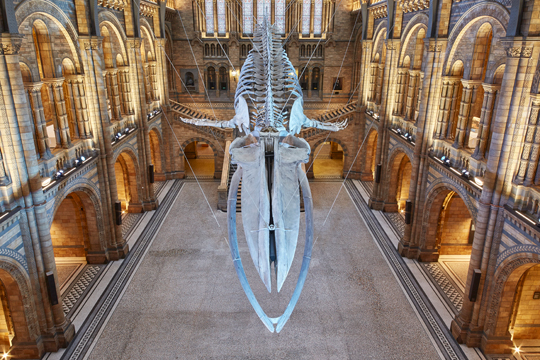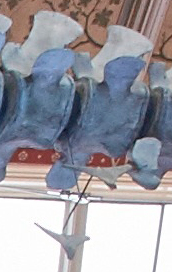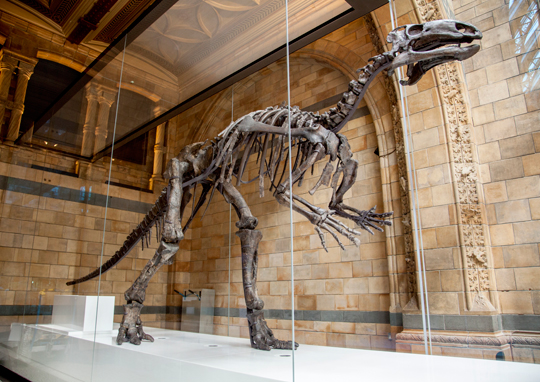A Guide to the CollectA Mini Prehistoric Marine Animals Set
A Guide to the CollectA Mini Prehistoric Marine Animals Set
With CollectA having introduced another set of miniature figures into their “Prehistoric Life” model series, team members at Everything Dinosaur thought it would prove helpful to model makers if they listed the twelve replicas within the new CollectA mini prehistoric marine animals set. This information might be helpful to creators of prehistoric animal dioramas so that they can put the correct model within the context of the geological time period that they are trying to replicate.
The New for 2017 CollectA Mini Prehistoric Marine Animals Set
CollectA Mini Prehistoric Marine Animals Contents and Details
The twelve replicas that make up this set are certainly an eclectic bunch. The model set consists of six vertebrates and six invertebrates. We have listed them in alphabetical order and provided some details about the prehistoric animal each replica represents.
- Archelon – known from Upper Cretaceous deposits (Campanian faunal stage), of the United States. One of the largest turtles known to science, it lived approximately 80 million years ago in the Western Interior Seaway. Archelon means “ruling turtle”.
- Australiceras – known from Australia (Queensland), fossils of this ammonite have been found in Early Cretaceous rocks (Aptian faunal stage 125 – 112 million years ago). The name translates as “southern horn”.
- Baculites – a straight shelled member of the ammonite Order from the Late Cretaceous (Cenomanian faunal stage to the Maastrichtian). This mollusc had a worldwide distribution, but most of the named species are associated with the Campanian faunal stage of the Western Interior Seaway. The name translates as “walking stick rock”.
- Cameroceras – a giant member of the orthocones (Cephalopoda – related to squid, cuttlefish, octopi and ammonites). It evolved in the mid Ordovician some 470 million years ago and was widespread. One the largest molluscs to have ever lived, size estimates of around six to nine metres have been stated. These giants, survived into the Silurian, although the end Ordovician extinction did dramatically reduce the number of genera. The last Cameroceras died out around 430 million years ago. The name translates as “chambered horn”.
- Diplomoceras – a large Late Cretaceous ammonite with a bizarrely shaped shell. Diplomoceras had a world-wide distribution and the very biggest individuals had shell lengths (unwound) of more than three metres. The name translates as “double horn”.
- Dunkleosteus – a giant placoderm fish from the Late Devonian (370-360 million years ago). Fossils are known from North America, Morocco, Belgium and Poland. Dunkleosteus may have reached lengths of around ten metres. The name translates as “Dunkles bones”, honouring Dr David Dunkle (Cleveland Museum of Natural History).
Everything Dinosaur Website
All these figures and many more can be found on the award-winning Everything Dinosaur website.
To visit the website: Everything Dinosaur.
- Leedsichthys – possibly the largest fish that has ever lived, with some scientists estimating the size of Leesdichthys at over 22 metres. This leviathan lived during the Middle Jurassic and fossils have been found in England, France, Germany and Chile. The name translates as “Leeds’s fish” and honours the British palaeontologist Alfred Leeds.
- Parapuzosia – a genus of giant ammonite from the Late Cretaceous (Cenomanian to Campanian faunal stages). Most fossil shells are less than one metre in diameter but a few specimens have been found with shells in excess of three metres wide. World-wide distribution. The name translates as “near to Puzosia”, reflecting its taxonomic affinity to the genus Puzosia.
- Pliosaurus – A genus of Late Jurassic (155 to 147 million years ago), marine reptile. A hypercarnivore and apex predator growing to more than ten metres in length. The name translates as “more lizard” and this model makes a great representation of a juvenile.
- Temnodontosaurus – known from the Early Jurassic (200-189 million years ago), of Europe. This member of the Ichthyosauria grew to around ten metres long and probably weighed between one and two tonnes. The name translates as “cutting-tooth lizard”.
- Trilobite – an extinct group of arthropods that were entirely marine and lived from the Early Cambrian to the end-Permian extinction event (545 million to 251 million years ago). Numerous Phyla have been identified and something like 20,000 species have been named and described. Trilobita were ubiquitous and have a world-wide distribution. The name translates as “three-lobed” as these invertebrates had three distinctive parts that made up their body plan. The model represents the genus Olenoides, known from the Cambrian of Canada (Burgess Shale).
- Xiphactinus – one of the largest known bony fish, reaching lengths of up to six metres. Fossils are known from Upper Cretaceous deposits of North America (Western Interior Seaway), but fossils of this predatory fish have also been reported from Australia. Xiphactinus lived from approximately 88 to 66 million years ago. The name translates as “sword ray”.
The CollectA Mini Prehistoric Marine Animal Set
The CollectA Mini Prehistoric Marine Animals Set
Picture credit: Everything Dinosaur
Last year, when Everything Dinosaur announced that CollectA was introducing this innovative model set, we were able to have a chat to the designer Anthony Beeson.
Anthony told us:
“These are of course, not to scale but can be used in play and dioramas along with our other models as immature animals where we have already produced models of the same species. The new models include the giant ammonite Parapuzosia and the little trilobite Olenoides serratus and other prehistoric fish and cephalopods that I thought might be enjoyable and educational. I always particularly liked the elegantly uncurled Australiceras after coming across fossils at Dinosaur Isle museum on the Isle of Wight.”
To view the CollectA mini prehistoric marine animals set and the rest of the CollectA “Prehistoric Life” model range: CollectA Prehistoric Life.


